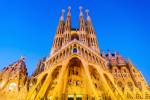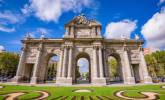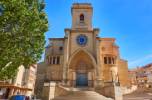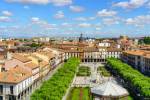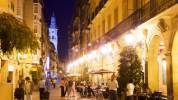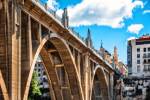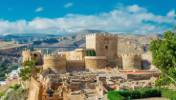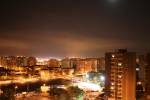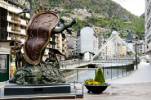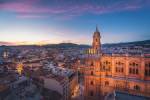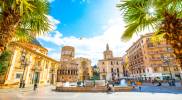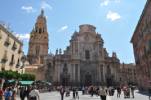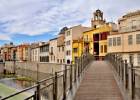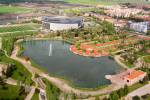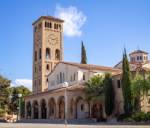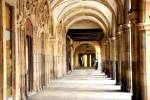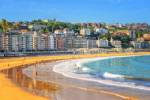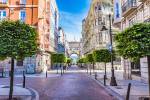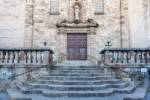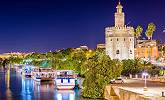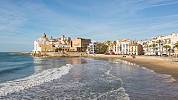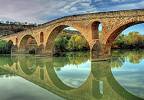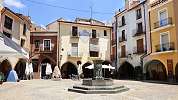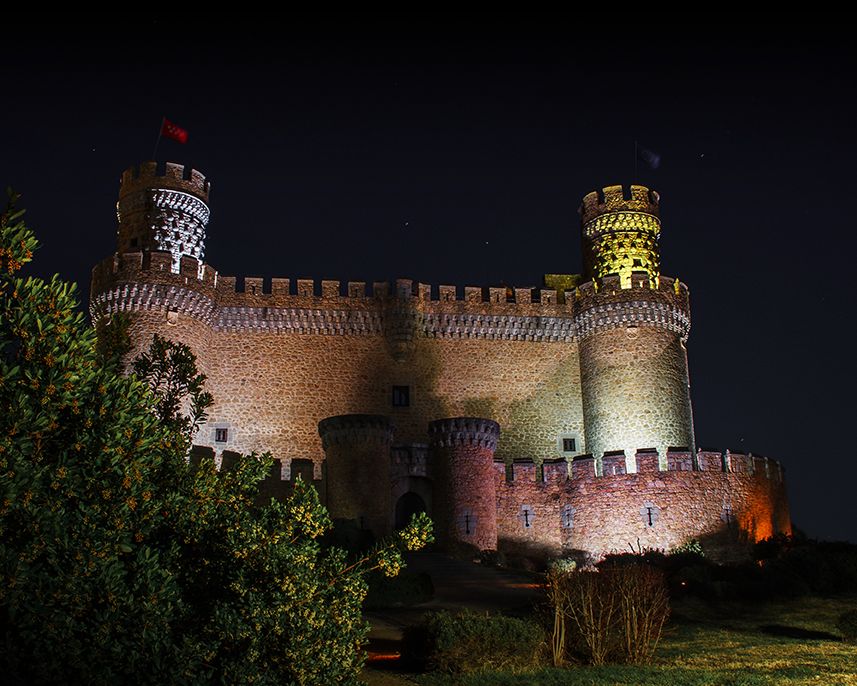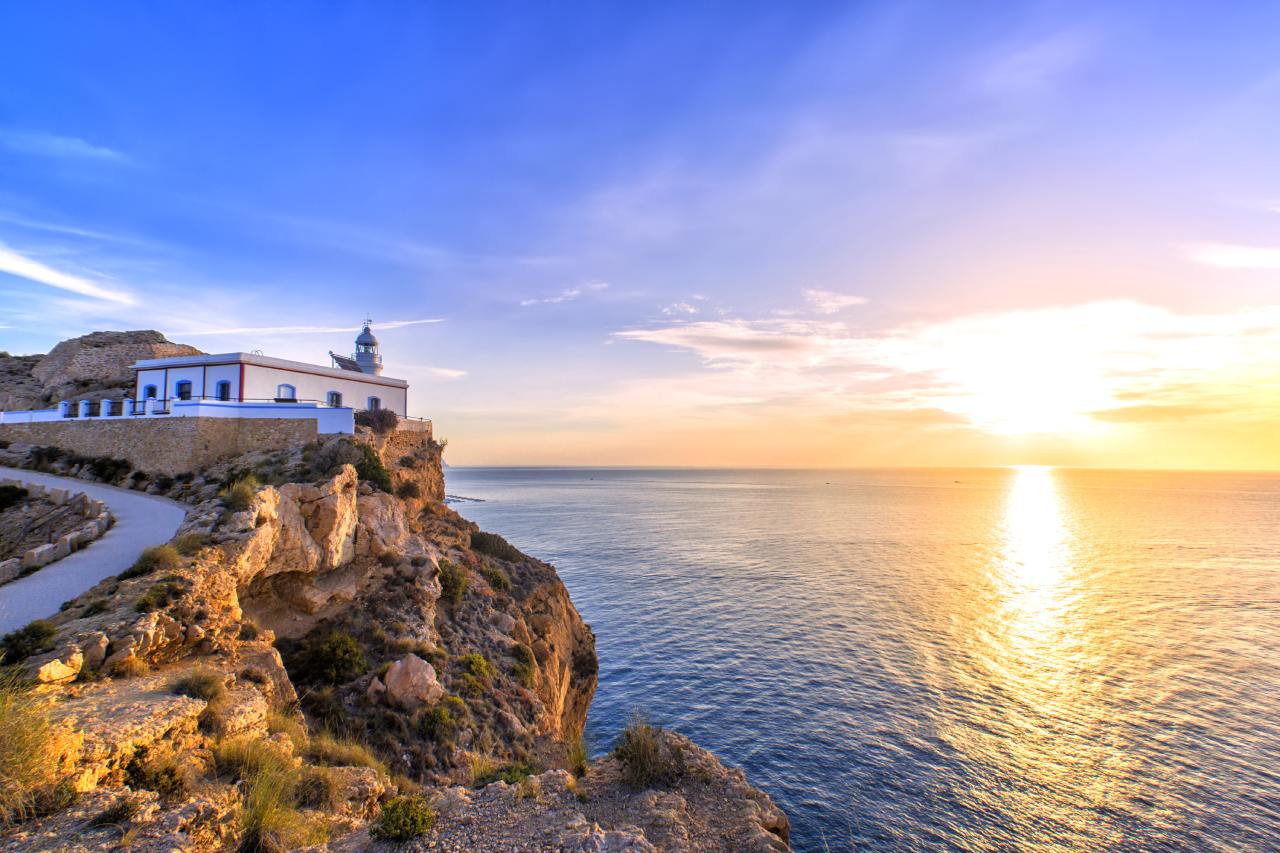Sercotel Hotels
Hotels found:
Huelva, where the greatest journeys begin
We know it for its wild and endless beaches, but the province of Huelva is much more. Take its capital city, eternally marked by its glorious past as a port from which great navigators such as Christopher Columbus departed.
A tip on where to start? The Plaza de las Monjas, where the statue of Columbus seems to point the way ahead. Another one? The monument to the Discovering Faith, donated by the United States to the city for having made the first voyage of the sailor possible.
You can also visit the famous Muelle de las Carabelas, where the replicas of the three ships that took him across the Atlantic float. And the house of Columbus himself.
However, if there is one pier that locals love, it is the Tinto pier, a singular work of engineering on the Odiel river that opened in 1870 to load the minerals extracted from the Riotinto mines. The sunsets are spectacular.
And speaking of mines, don't miss the English Quarter, with houses built in the Victorian style. The reason? It housed the members of the Rio Tinto Company Limited, which exploited the minerals that dyed the river red from the 19th century until the beginning of the 20th century.
Need to switch off? Then lose yourself in the beautiful Odiel marshes, or lie on the beach! Those of Huelva, as is well known, are proverbial, with golden sands as soft as sugar. The closest to the capital is Punta Umbría, which is also a meeting point for young and beautiful people, with numerous beach bars and discotheques.
Another, also nearby, but quieter, is Los Enebrales, which is practically untouched. It will take you for a whole day, but at sunset we recommend you visit El Rompido, a beautiful village with a fishing soul.
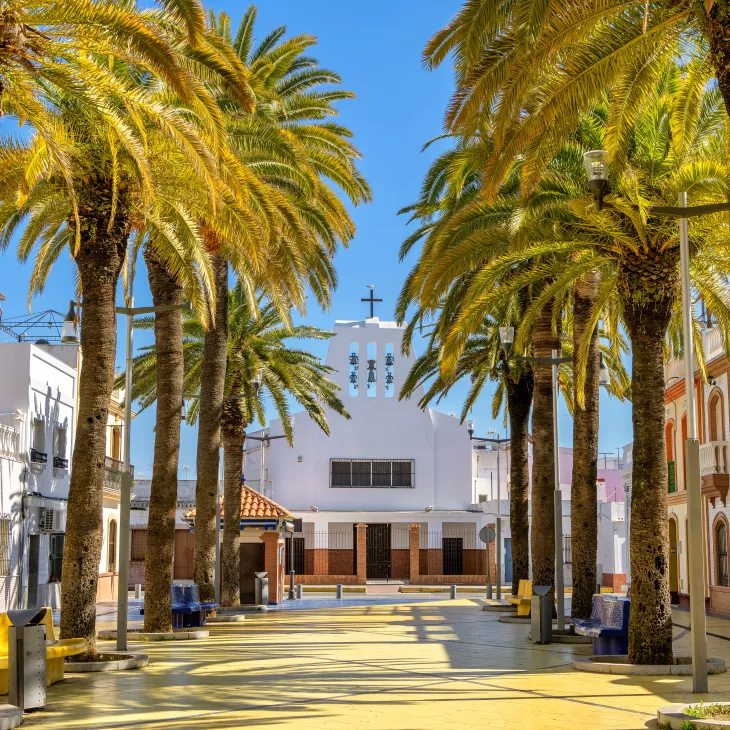
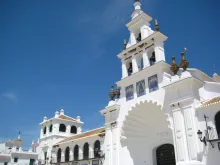
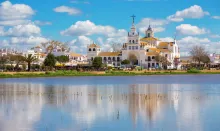
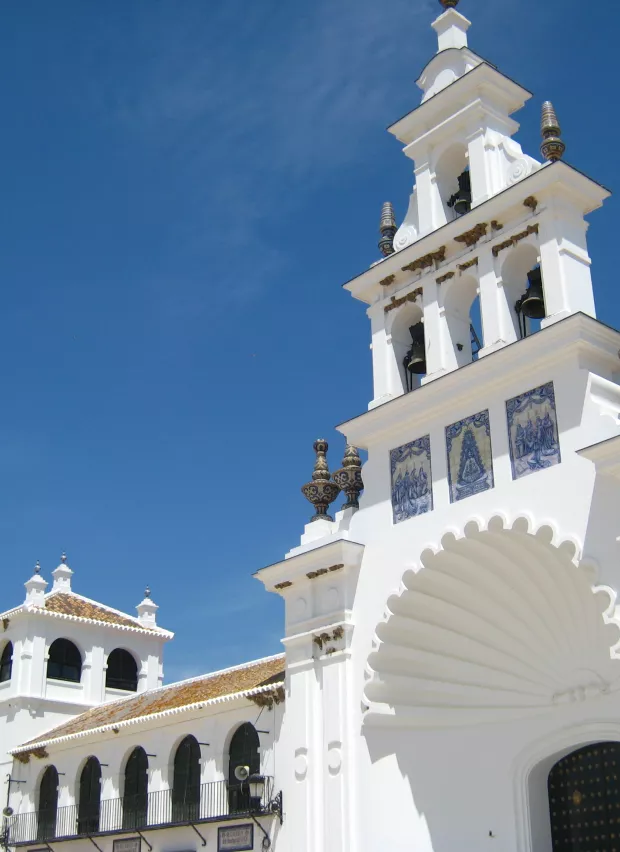
From Huelva to Doñana, Europe's largest ecological reserve
There, of course, the food is very good, but that is the case all over Huelva. Fried white beans, prawns and coquinas (wedge clams) are the stars of these tables, where the product that has made Huelva famous all over the world is also a must: Jabugo ham!
Continuing westwards towards Portugal, you will find two wonders: Islantilla and Isla Cristina. The former is known for its nomadic and bohemian spirit; the latter is an important fishing port where good food is a religion. And both, of course, are great standard bearers of the good life in Huelva, reflected in its beautiful and endless beaches.
If you decide to take Huelva city as the centre of your journey and drive eastwards, you will find a somewhat different but equally magical landscape: Mazagón, with its breathtaking cliffs, which many yogis take advantage of to greet the province's eternal sun.
Still further on, Matalascañas will appear, with its unique beach: there, from the sea, rise the majestic remains of the Torre de la Higuera.
It is difficult to summarise each of these paradises in just one line, but we want to cover a lot of beauty without boring you. For this reason, we could not finish without mentioning another of Huelva's great jewels, the Doñana National Park.
This protected area covers more than 122,000 hectares, making it the largest ecological reserve in Europe, with breathtaking landscapes in its valleys and marshes. On the way, it is worth making a stop at the famous village of El Rocío, which you are sure to be familiar with because this is where the famous pilgrimage of the same name is held.

Sercotel Rewards is our loyalty programme that will enable you to enjoy exclusive benefits and offers. Sign up and get a discount of up to 15% on your next booking.
Will you join the club?

